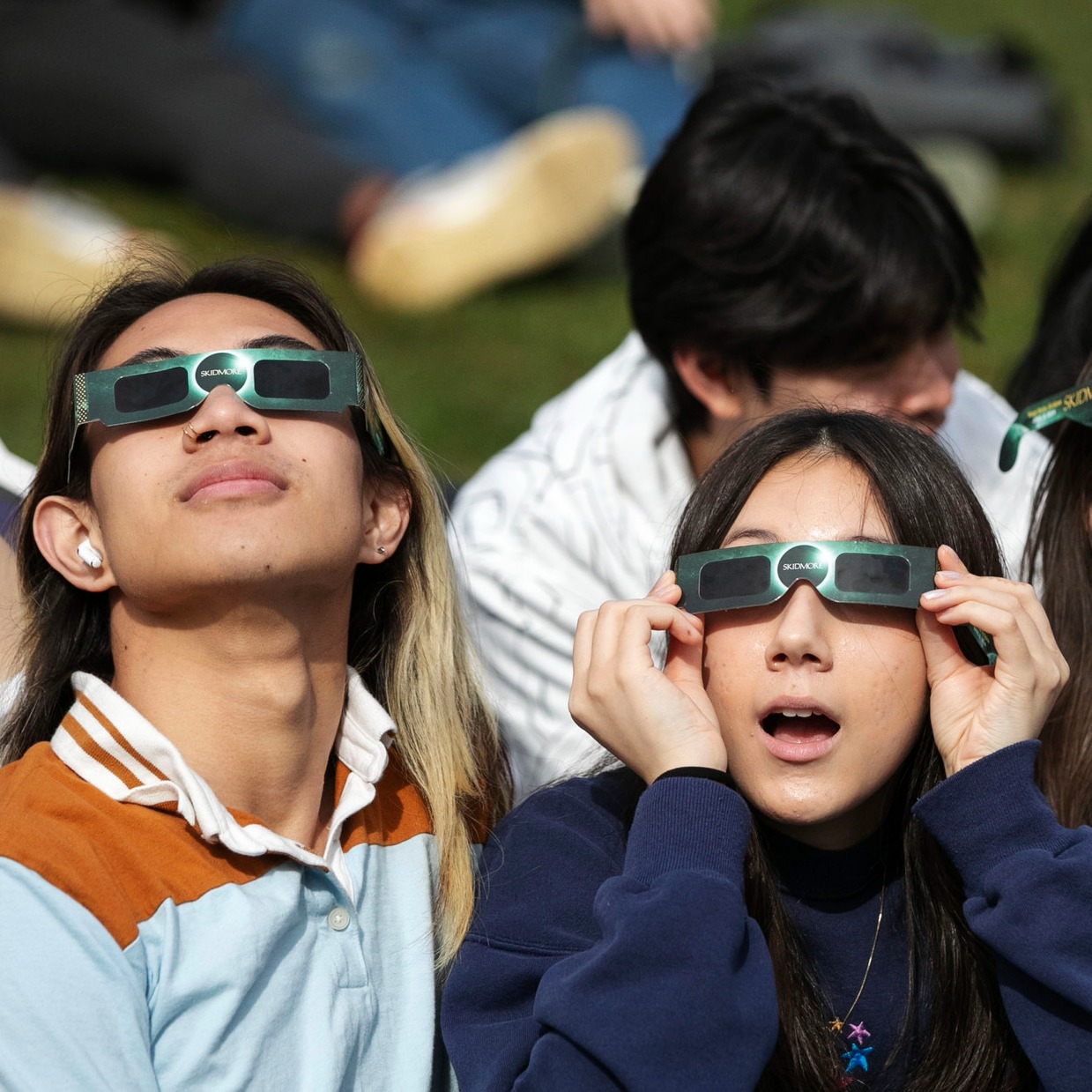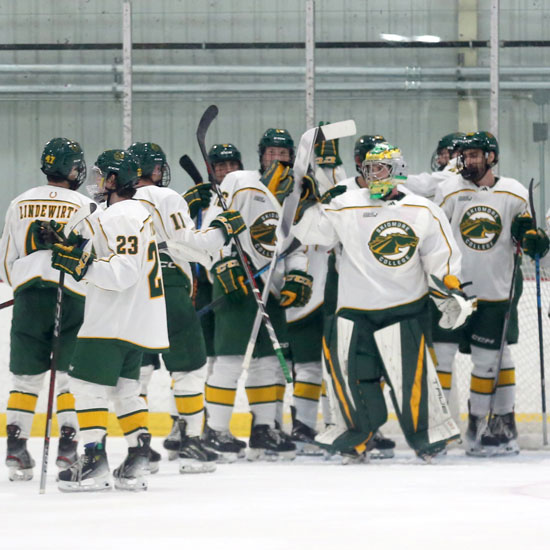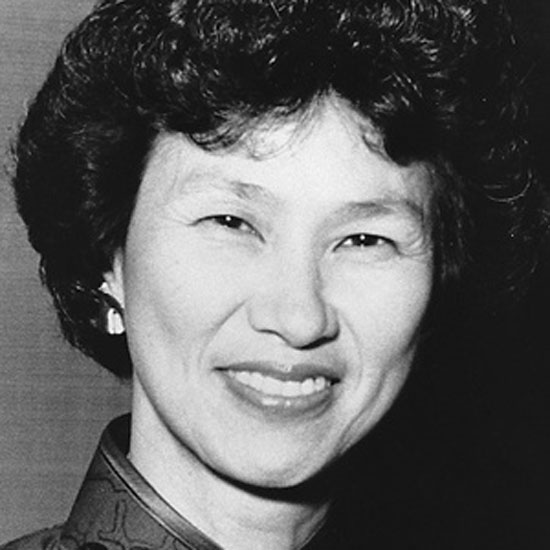A celebration of teaching
In a first-of-its-kind celebration of teaching at Skidmore, eight of the College’s best will show their stuff this Monday, May 13 in a full-day program called MasterClass.
All faculty and staff members are invited to attend the one-hour presentations in a la carte fashion, starting at 9 a.m. and running through 5 p.m.
“We asked our colleagues to offer their best class, the one they know works every time, the one where their jokes always get a laugh and students lean a little further forward in their seats to capture every word,” said Erica Bastress-Dukehart, who – with Michael Arnush, associate professor of classics and chair of the Committee on Educational Policies and Planning, and Bill Duffy, interim chief technology officer - organized the event in collaboration with the office of the Dean of Faculty/Vice President for Academic Affairs and the Faculty Network.
“Eight brave faculty members stepped forward, and so we have a terrific program scheduled with wonderful topics,” added Bastress-Dukehart, who is faculty development director, associate professor of history, and recipient of the 2013-14 Ciancio Award for Excellence in Teaching.
In addition to the eight classes, all faculty and staff members are invited to Murray-Aikins Dining Hall for a pre-event continental breakfast from 8:15 to 8:45 a.m. and a post-event reception from 4 to 5:30 p.m. The reception will celebrate the MasterClass faculty as well as recipients of the Ciancio Award.
All faculty and staff members also are invited to the lunch at which Lary Opitz will teach “Shakespeare’s Language and the Actor,” but an RSVP by the end of Friday, May 10 is requested. Please drop a note to bastress@skidmore.edu.
Six of the eight classes will be taught in Murray-Aikins, where seating is plentiful. They are:
-
Three Renaissance Puzzles, taught by Penny Jolly, professor of art history. She writes: “We will examine three famous Renaissance works of art, all of which offer viewers complex meanings even as they challenge them to understand them fully. We'll look at Jan van Eyck's Arnolfini Double Portrait from 1434, Donatello's bronze David sculpture from ca. 1450, and Botticelli's Primavera from ca. 1482. Why were these made? What might they have meant to their original audiences? Why are they so hard for us to understand today?” (9 to 10 a.m., Murray-Aikins.)
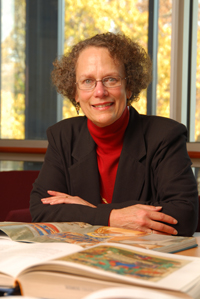
Penny Jolly - The Joys (and Sorrows) of Self-reference, taught by Dan Hurwitz, professor of mathematics. He writes: “Self-reference is an
important tool in many different areas, including art, music, philosophy, poetry,
and humor. We will begin by examining examples from these areas, and join them together
by a common thread: recursion. Recursive techniques are often used in defining functions
and procedures in mathematical analysis and in computer science. But, as we will see,
the anomalies that self-reference can cause in those other disciplines have their
parallels in some classical paradoxes of formal mathematics and some potential programming
catastrophes.” (10 to 11 a.m., Murray-Aikins.)
- Shakespeare's Language and the Actor, taught by Lary Opitz, professor and chair of theater. He writes:“This serves as
an introduction for actors to Shakespeare's use of language. The goal is to demystify
Shakespeare and to help students understand how Shakespeare has embedded acting information
in his texts.”(12 to 1 p.m. during lunch, Murray-Aikins.)
-
Fast Food Nation: An Environmental Tale, Super Sized to Go, taught by Eric Morser, assistant professor of history.He writes:“Since the middle of the twentieth century, McDonald's and other fast food restaurants have defined American culture and had a profound impact on the nation's environmental history. But why did cheap and affordable food become so commonplace in the United States? And how do we alter our environment when we order a Big Mac with fries? In this conversation, we will explore how new technology transformed the United States into a nation of beef eaters in the nineteenth century, how car culture and the rise of suburbs in the 1950s paved the way for McDonald's and other convenience restaurants, and how fast food production and consumption remade the American environment over the last half century. Ultimately, by uncovering this hidden environmental history of fast food, we can understand the powerful links between mass production, capitalism, and nature that continue to shape the world we inhabit today.” (1 to 2 p.m., Murray-Aikins.)
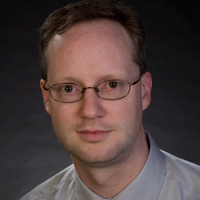
Eric Morser -
The Dirt on the Great Barrier Reef, taught by Kyle Nichols, associate professor and chair of geosciences. He writes: “Europeans cleared much of the land adjacent to the Great Barrier Reef in the mid-1800s for agriculture. With that land-use change, many researchers have assumed that the sediment erosion of the land has increased above its natural rate and is now adversely impacting the Great Barrier Reef. Such erroneous assumptions have become engrained in policy for protection of the Great Barrier Reef. This class will touch upon natural geomorphic processes, the background rates at which they function, and how those rates compare to modern measurements. The student learning goals for the class are to estimate the magnitude of natural erosion rates and to explain why long-term geologic rates are important and necessary for placing human impact into context.” (2 to 3 p.m., Murray-Aikins.)
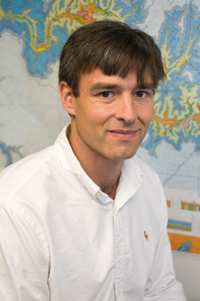
Kyle Nichols - Prime Numbers, Factorization, and Unbreakable Codes, taught by Gove Effinger, professor of mathematics and chair of mathematics and computer science. He writes: “Much communication between computer users is required to be secure, and so modern, powerful encryption systems must be employed. We develop the theory behind one such system called RSA, arelatively simple but beautiful example of "public key cryptography", and we show how it can be implemented in the software Mathematica. Though some of the ideas are a bit complicated, the underlying idea is a very simple one: Multiplication is easy; factorization is hard.” (3 to 4 p.m., Murray-Aikins.)
Two of the classes are being held in smaller spaces where only 18 participants can be accommodated. If you’re interested in attending either of these, please check availability with a note to bastress@skidmore.edu:
-
Introduction to Asian American Taiko Drumming, taught by Lei Bryant, assistant professor of music.She writes: “Taiko drumming is a dynamic art form at the center of the Asian American movement today. Daihachi Oguchi laid the groundwork for the tradition by combining Japanese and Western musical forms in Post-World War II Japan. Seiichi Tanaka expanded the tradition as a central vehicle of the Asian American Movement in San Francisco in the 1960s and 1970s. The art form continues to serve as a prominent social, cultural, and political expression in the Asian American movement of the United States and Canada. This MasterClass will provide an introduction to Asian American Taiko drumming through hands-on performance study. No previous experience is required though participants should come dressed and prepared for active physical movement.” (11 a.m. to noon, Beckerman, Zankel Music Center. Please contact Bryant directly with any accommodation requests at lbryant@skidmore.edu.)
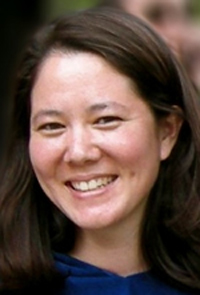
Lei Bryant - Yoga: Performance Elements, taught by Debra Fernandez, professor and chair of dance. She writes: “This is yoga designed for the overworked and stressed out. The class will incorporate simple yoga postures, deep breathing and the opportunity to reconnect with yourself in a quiet environment.” (4 to 5 p.m., Wilson Chapel.)
